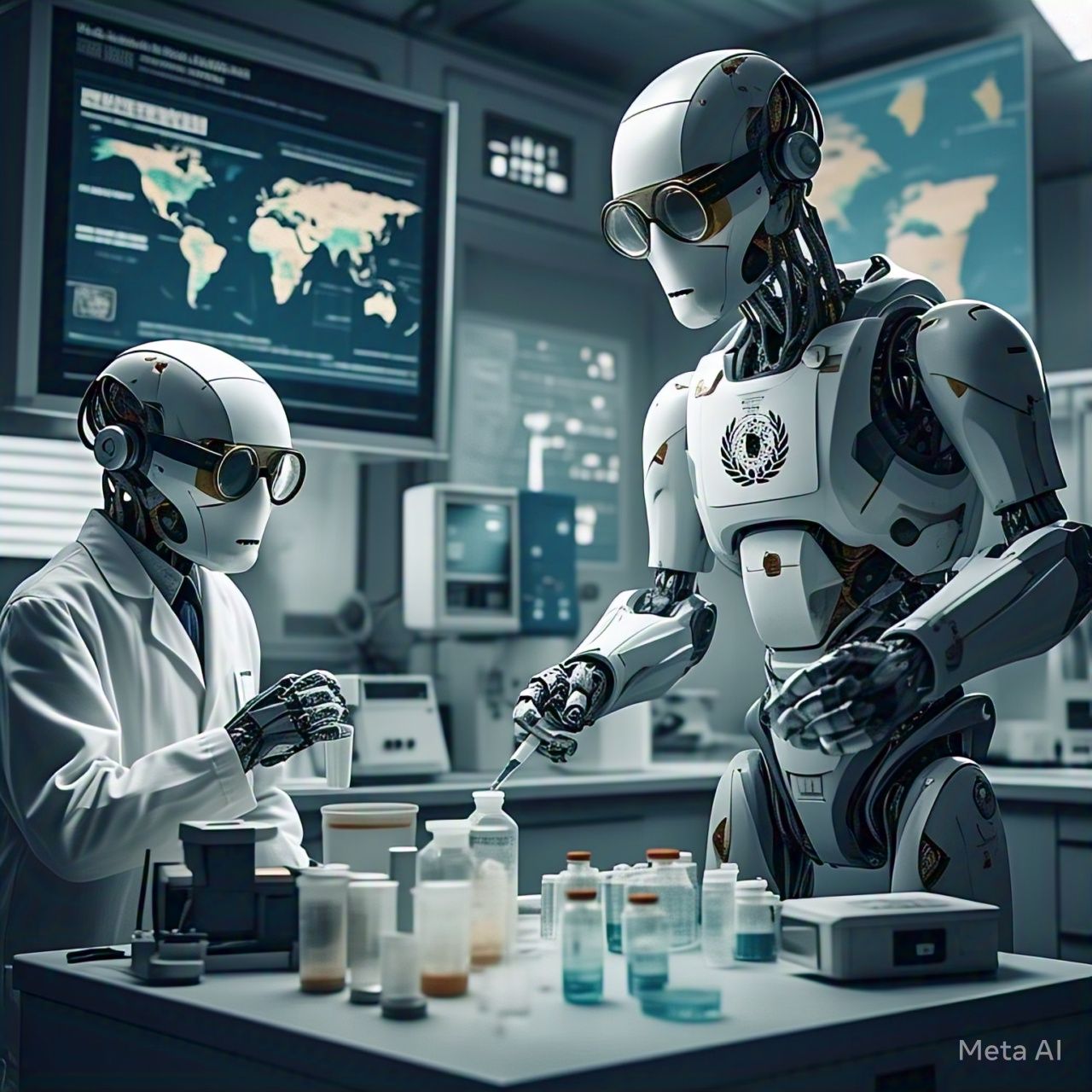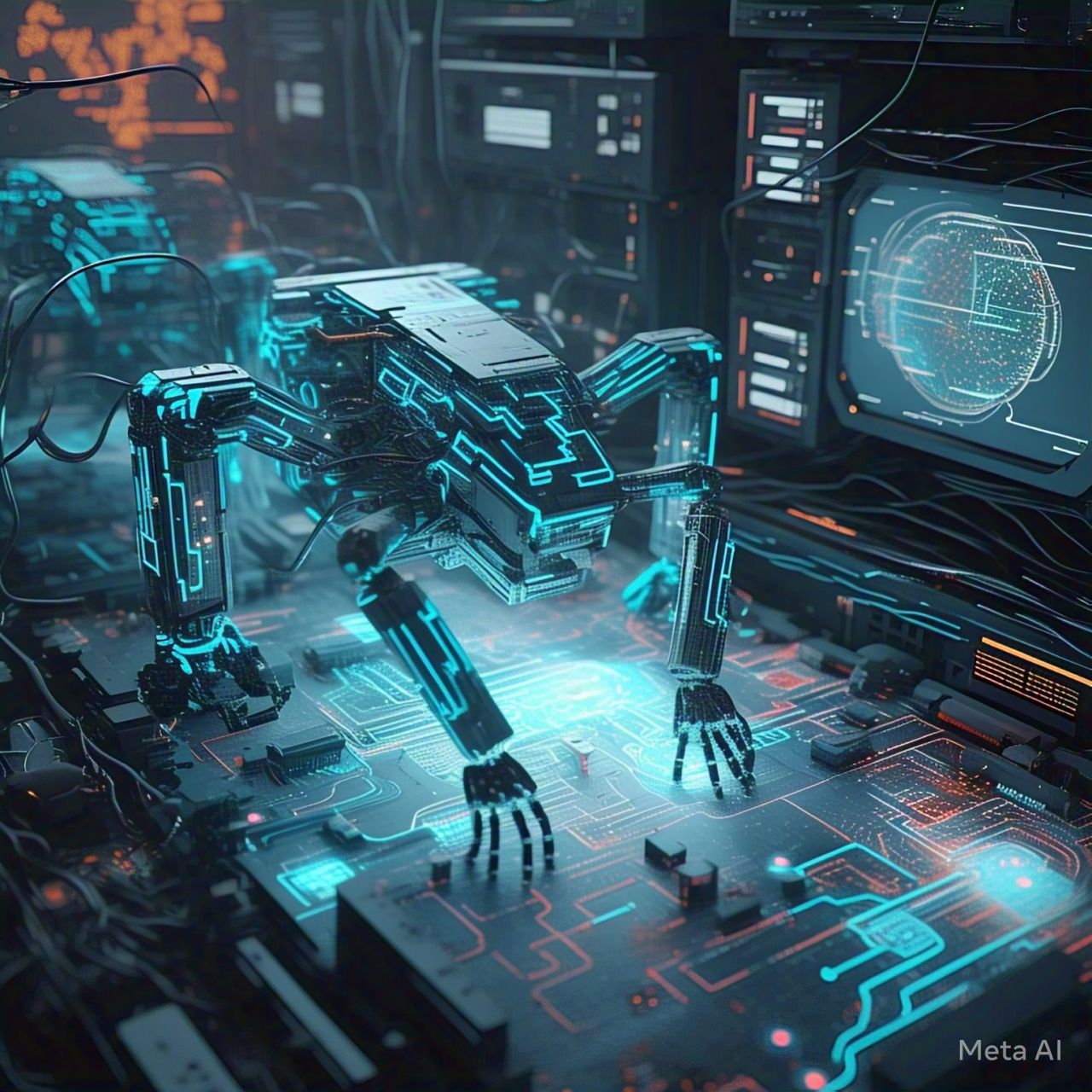Table of Contents
- Introduction
- The Role of AI in Pandemic Prediction and Prevention
- AI in Early Detection and Diagnosis
- AI-Powered Contact Tracing and Surveillance
- The Use of AI in Drug Discovery and Vaccine Development
- AI in Resource Allocation and Healthcare Optimization
- Challenges and Limitations of AI in Pandemic Response
- Ethical and Privacy Concerns
- The Future of AI in Pandemic Management
- Conclusion
- FAQs
- Citations
Introduction
Artificial intelligence (AI) is revolutionizing the way we respond to global health crises. From predicting outbreaks to accelerating vaccine development, AI has proven to be a critical tool in fighting pandemics. With the lessons learned from COVID-19, governments and healthcare organizations are leveraging AI to prepare for and combat future pandemics more effectively. But how exactly does AI contribute to pandemic response, and what are its challenges? This article explores AI’s role in fighting the next pandemic.
The Role of AI in Pandemic Prediction and Prevention
AI-driven models analyze vast amounts of data to identify patterns and predict potential outbreaks before they spread globally.
How AI Predicts Pandemics:
- Machine learning algorithms analyze historical and real-time health data.
- Epidemiological modeling uses AI to predict virus transmission trends.
- AI-powered biosurveillance monitors online sources, social media, and news to detect early signs of an outbreak.
AI in Early Detection and Diagnosis
AI plays a crucial role in identifying infections early, reducing the spread of diseases.
| AI Technology | Function |
|---|---|
| Deep Learning in Medical Imaging | Detects infections from X-rays and CT scans. |
| Natural Language Processing (NLP) | Analyzes patient symptoms from electronic health records (EHRs). |
| AI-Powered Diagnostic Chatbots | Provides instant symptom analysis and recommendations. |
AI-Powered Contact Tracing and Surveillance
AI-driven contact tracing apps and surveillance tools help track virus transmission and contain outbreaks.
Key AI Technologies in Contact Tracing:
- Smartphone-based contact tracing apps using Bluetooth and GPS data.
- AI-powered facial recognition to identify infected individuals in public places.
- Big data analytics to assess mobility patterns and predict potential hotspots.
The Use of AI in Drug Discovery and Vaccine Development
AI significantly accelerates the process of developing drugs and vaccines by analyzing complex biological data.
How AI Aids Drug Discovery:
- Identifies potential drug candidates through machine learning models.
- Analyzes protein structures to develop effective vaccines.
- Speeds up clinical trials by predicting drug efficacy and side effects.
AI in Resource Allocation and Healthcare Optimization
During pandemics, AI helps optimize healthcare resources and logistics.
| AI Application | Benefit |
| AI-powered predictive analytics | Forecasts hospital admissions and ICU needs. |
| AI-driven supply chain management | Ensures efficient distribution of medical supplies. |
| Robotic process automation (RPA) | Reduces administrative burdens for healthcare workers. |
Challenges and Limitations of AI in Pandemic Response
Despite its potential, AI faces several challenges in pandemic management.
1. Data Availability and Accuracy
AI requires large datasets, but incomplete or biased data can impact model accuracy.
2. Ethical and Privacy Concerns
AI-driven surveillance raises concerns about individual privacy and data security.
3. Implementation Barriers
Deploying AI in low-resource settings can be challenging due to lack of infrastructure and expertise.
Ethical and Privacy Concerns
- Data privacy: Ensuring that AI respects user confidentiality while tracking infections.
- Bias in AI models: AI must be trained on diverse datasets to prevent biased health recommendations.
- Transparency and accountability: AI-driven decisions in healthcare must be explainable and accountable.
The Future of AI in Pandemic Management
1. AI-Powered Pandemic Simulations
Future AI models will simulate pandemic scenarios to improve global preparedness.
2. Personalized AI-Driven Treatments
AI will help develop customized treatment plans based on genetic profiles.
3. AI and Robotics in Healthcare
Robots will assist in medical care, reducing the exposure of healthcare workers to infectious diseases.
Conclusion
AI is transforming how we predict, detect, and respond to pandemics. While challenges remain, the future of AI in pandemic management looks promising, with advancements in early detection, vaccine development, and healthcare optimization. By integrating AI with global healthcare strategies, we can improve our ability to fight the next pandemic efficiently and effectively.
FAQs
1. How does AI help in detecting pandemics?
AI analyzes vast datasets, including medical reports, social media posts, and environmental data, to predict potential outbreaks before they escalate.
2. Can AI replace human doctors in pandemic response?
No, AI enhances pandemic response but cannot replace human expertise. AI supports doctors by providing data-driven insights and automating routine tasks.
3. What are the risks of using AI in pandemics?
Challenges include data privacy concerns, biases in AI models, and the need for accurate datasets to ensure reliable predictions.
4. How does AI help in vaccine development?
AI accelerates vaccine research by analyzing genetic structures, identifying potential drug candidates, and optimizing clinical trials.
5. What is the future of AI in pandemic preparedness?
The future includes AI-driven pandemic simulations, advanced contact tracing, and AI-assisted personalized medicine to improve pandemic response strategies.
Citations
- Smith, J. (2023). AI in Global Health: Innovations in Pandemic Preparedness. Journal of Medical Technology.
- Johnson, R. (2022). Machine Learning and Epidemiology: How AI Detects Emerging Diseases. AI & Healthcare Review.
- Lee, K. (2023). The Role of AI in Vaccine Development and Drug Discovery. Digital Health Journal.




